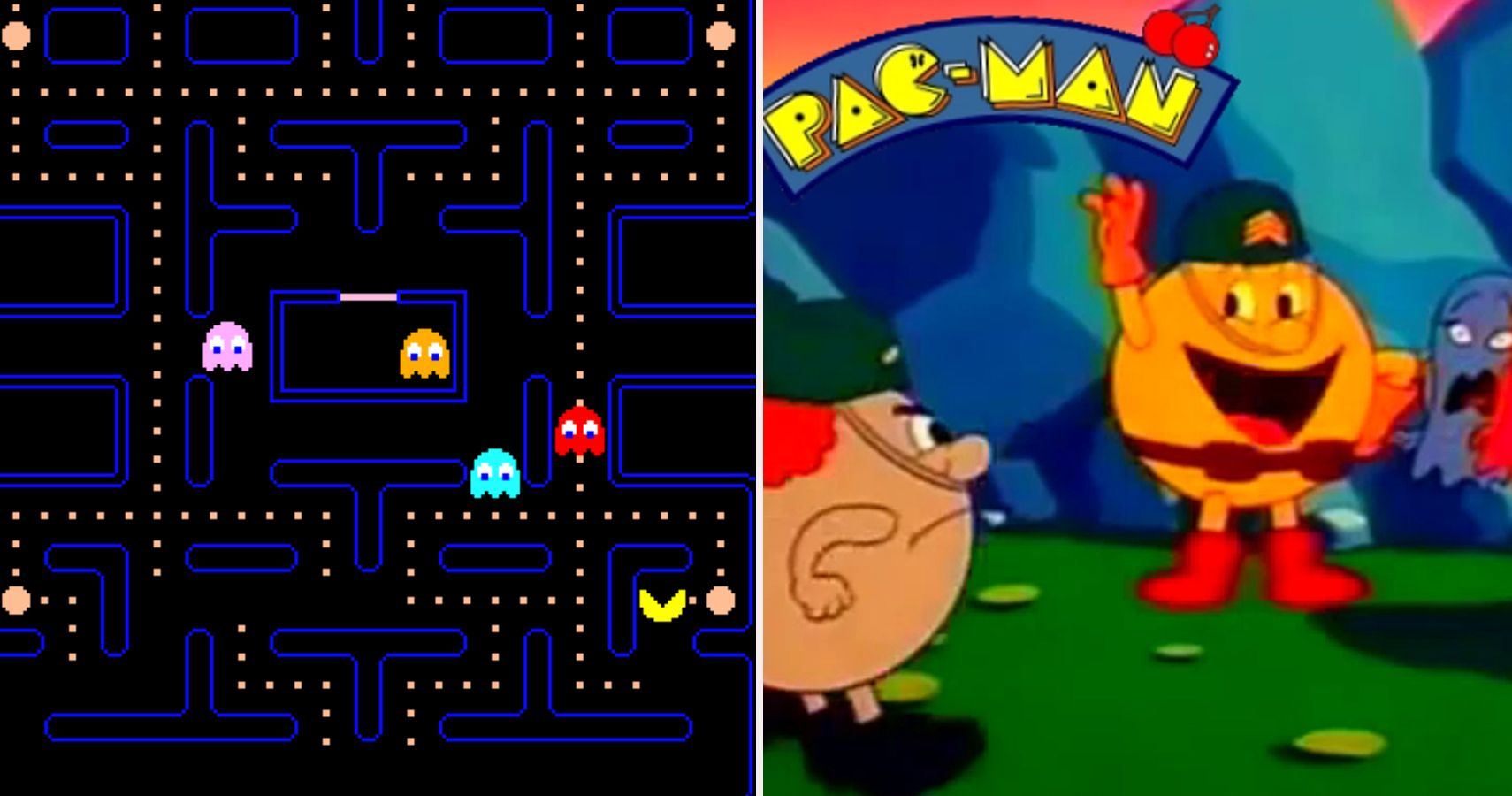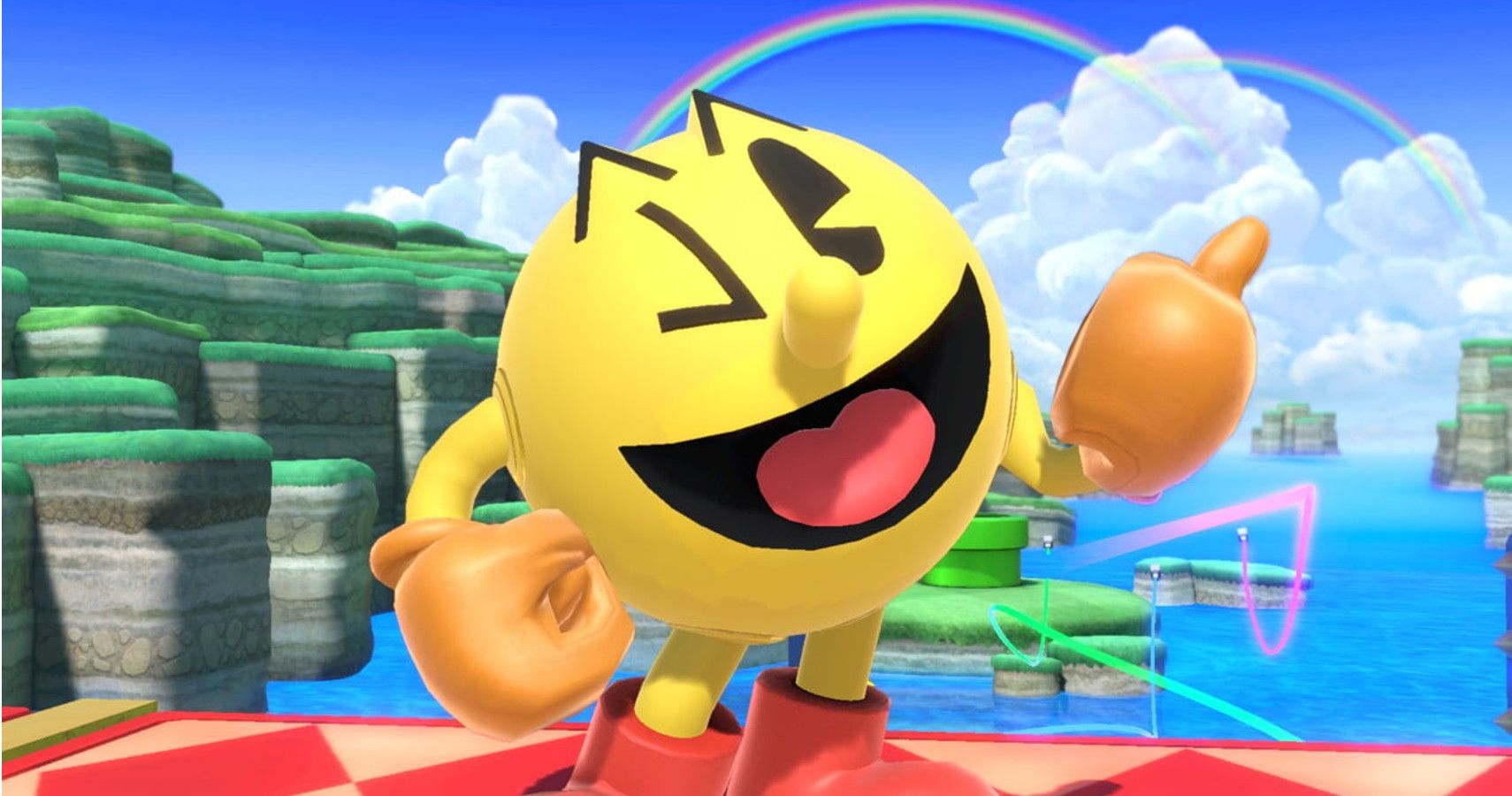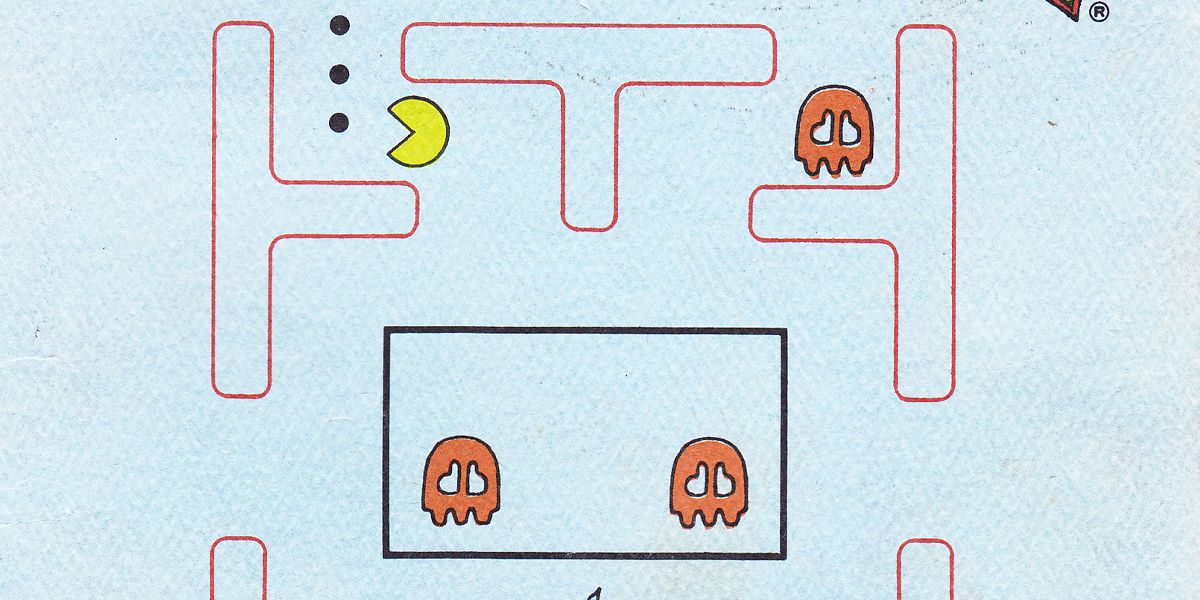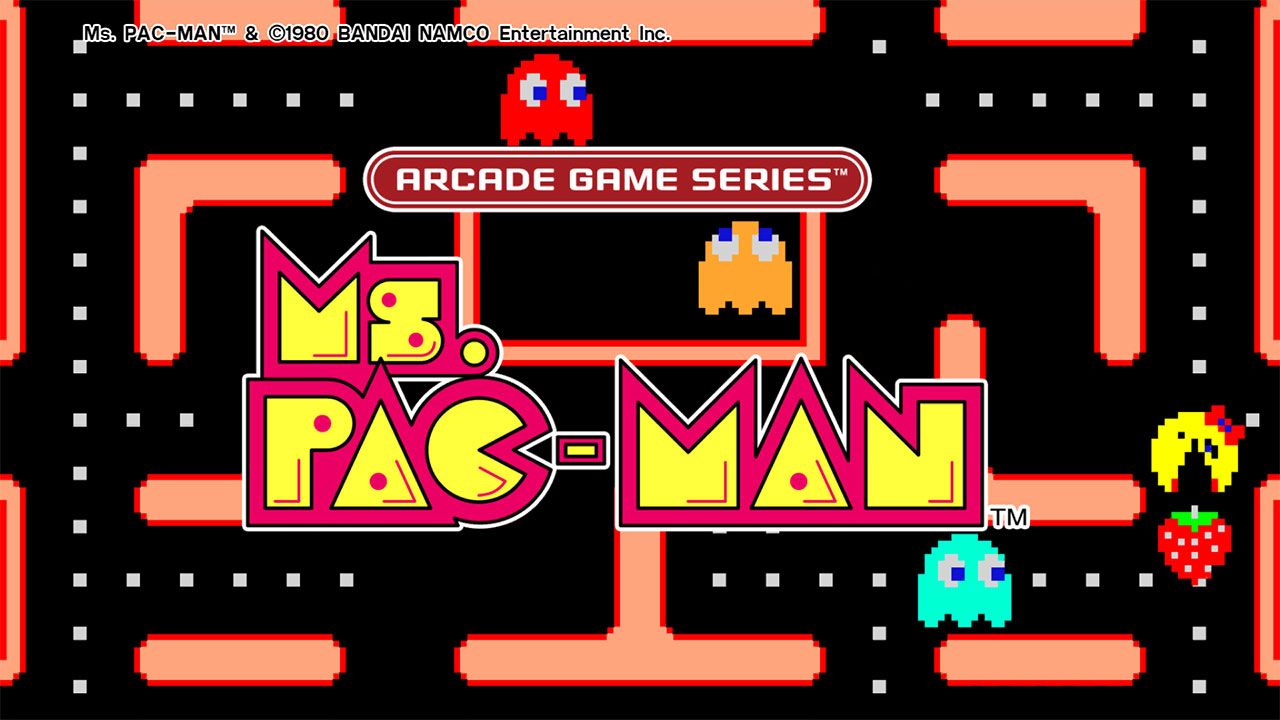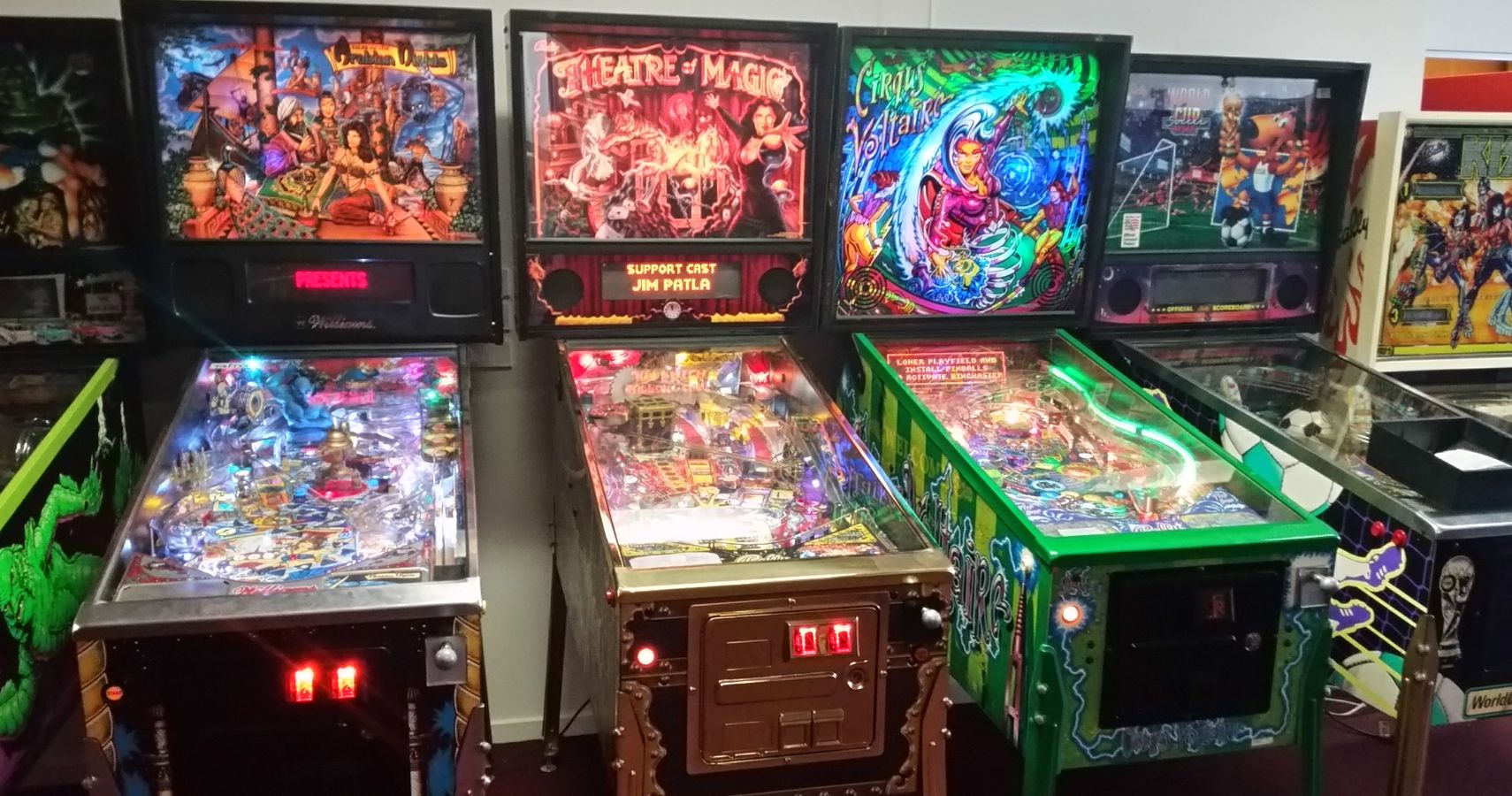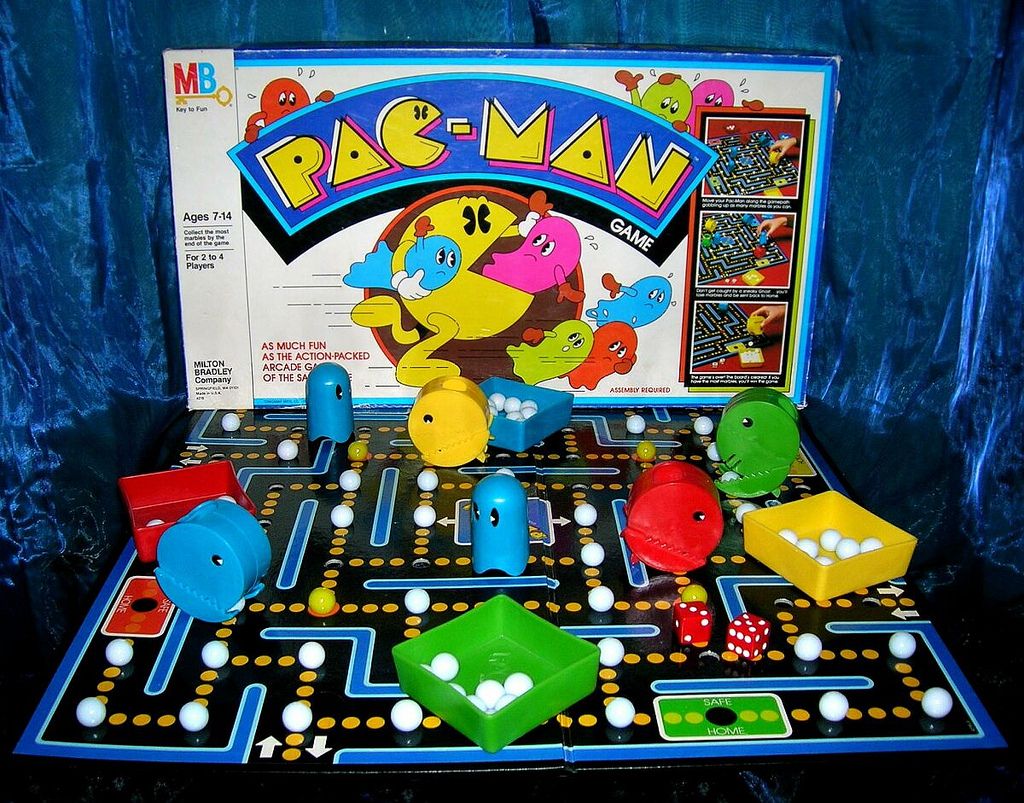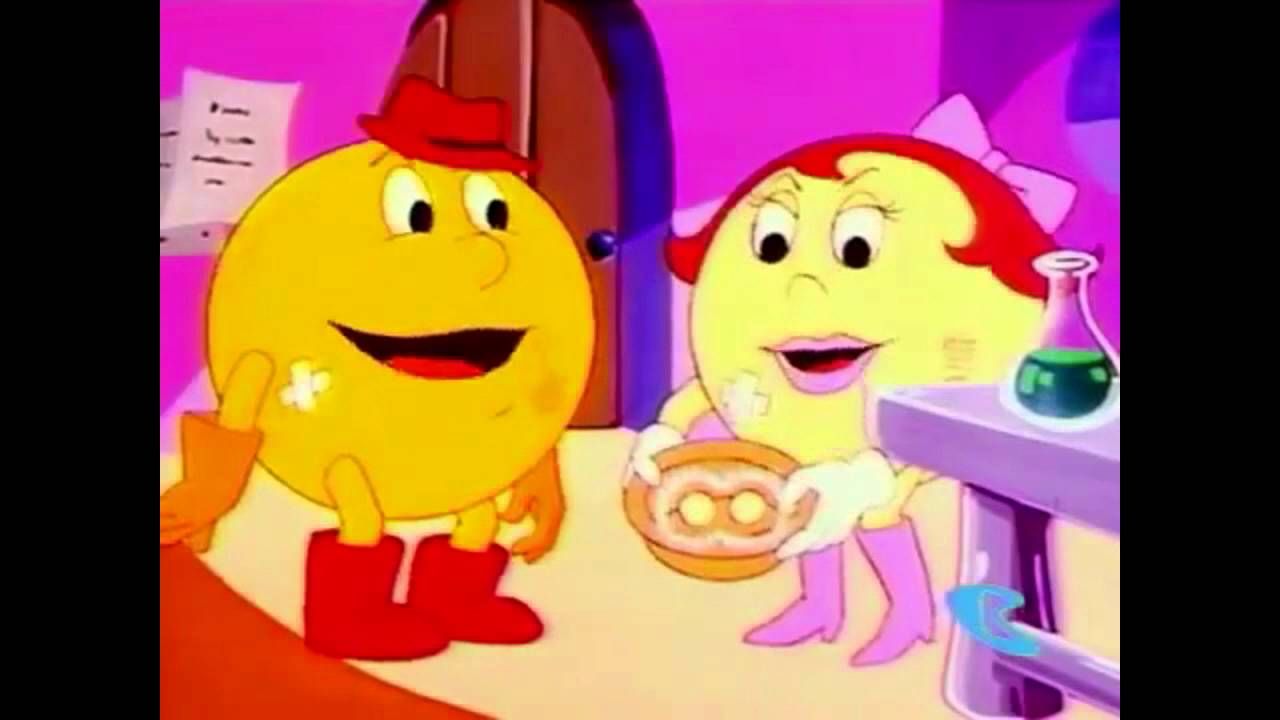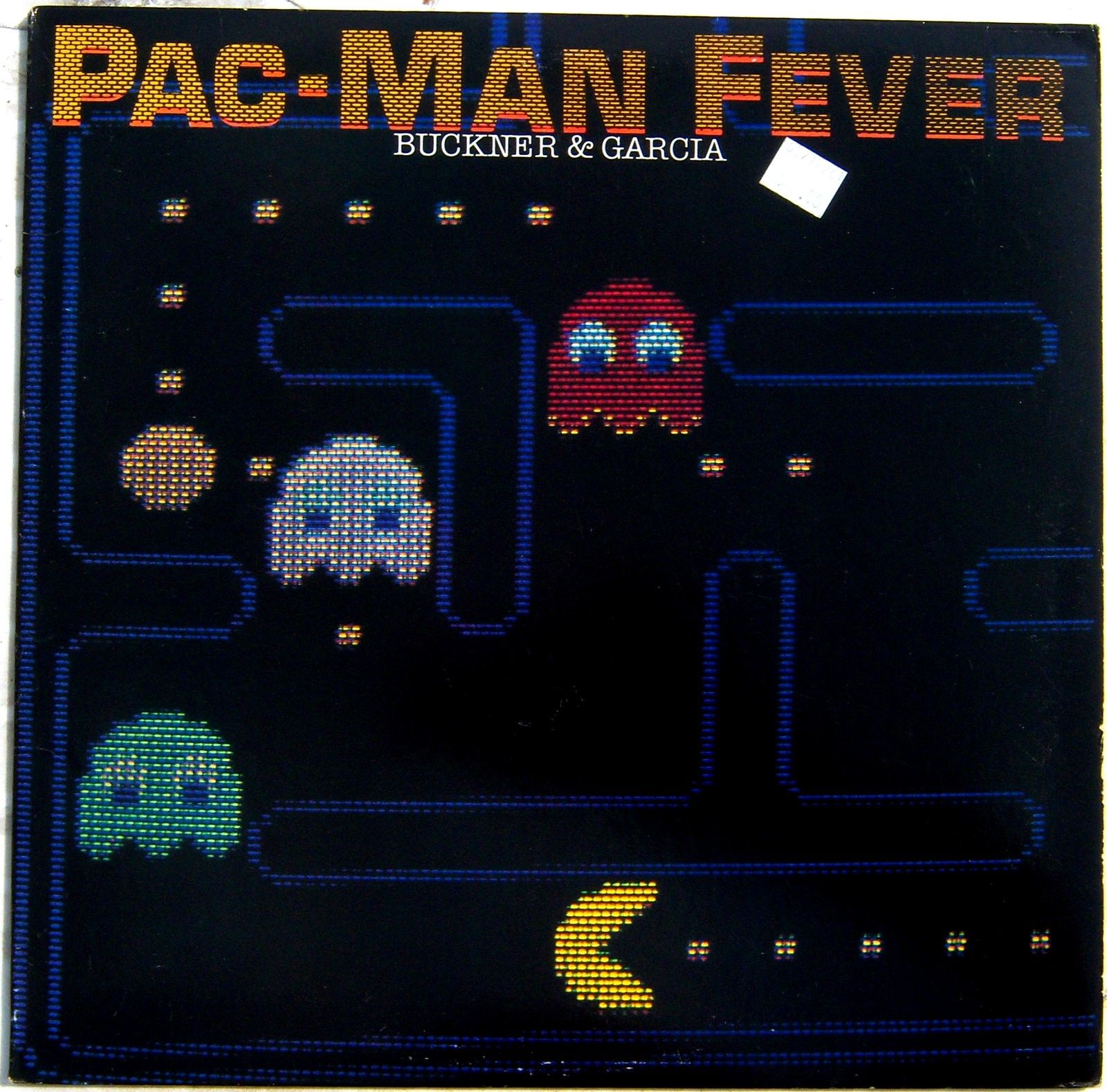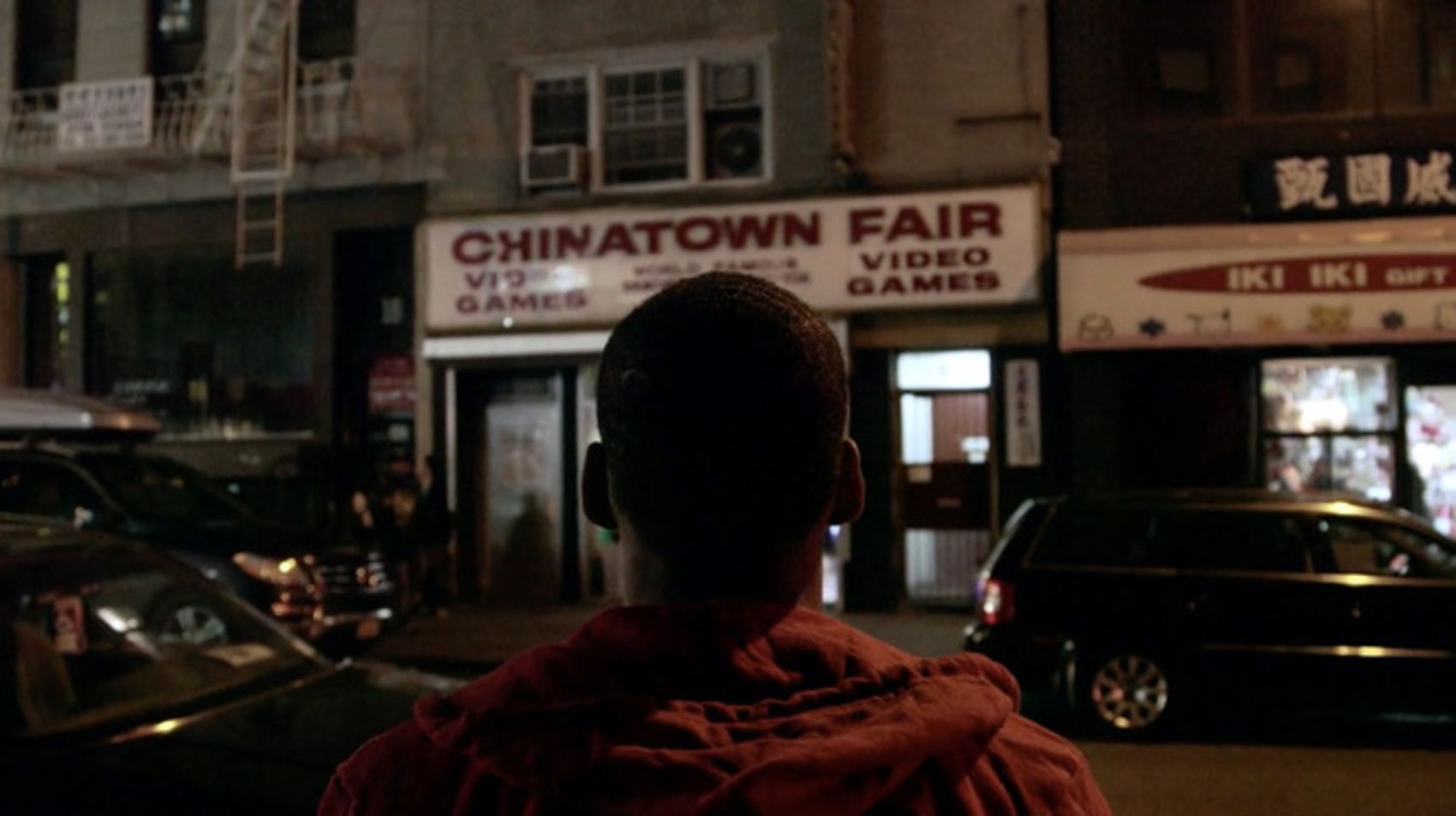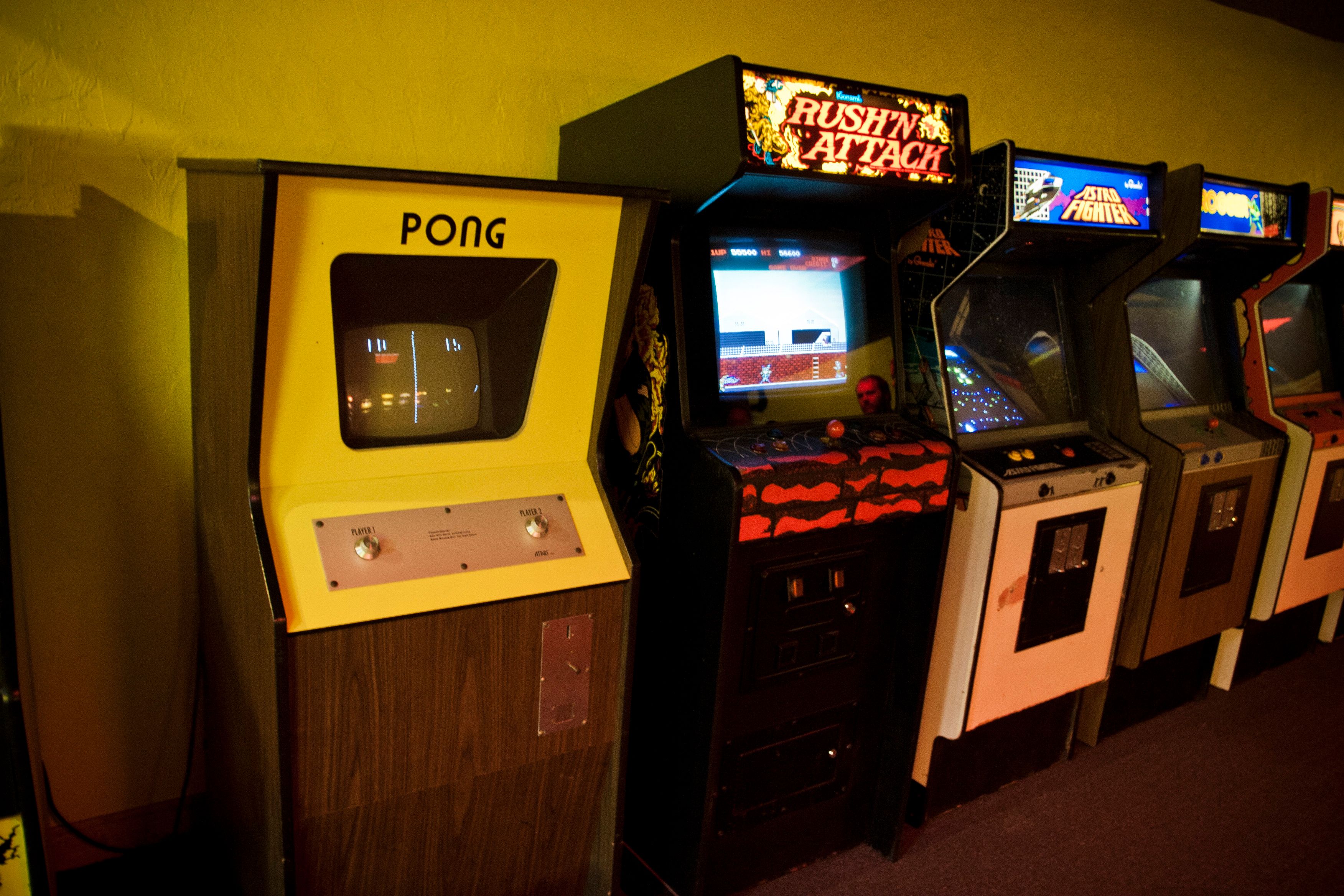Pac-Man is one of the top-grossing game franchises of all time. And for such a simple concept, it's a very durable cultural force, with millions of fans and players even today, nearly 40 years after its original release. But as with anything that's been around for as long as Pac-Man, there are some things that tend to get lost in translation.
And while we're not about to get up in arms about people not appreciating the "true spirit of Pac-Man," it's still true that many of today's fans can't appreciate what it was really like to be there when the game was first released. Here are ten things that only people who were there when it happened can truly appreciate about Pac-Man.
10 Pac-Man Made Gaming Cool
Today, video games are appreciated by so many people that it's easy to find a group of friends who enjoy the medium. The Internet also makes it easy to find friends who love the same games as you. But in 1980, you were seen as something of a strange person if you really liked video games.
Pac-Man changed that. Pac-Man became so popular that, suddenly, it was cool to like video games and to get good at them. It helped that the theme was not sci-fi or wargame, which made it more socially acceptable to a wider audience.
9 Pac-Man Made Adults Play Video Games
These days, most kids accept that adults (sometimes) play video games, or maybe have played video games in the past. It's inevitable because many of the first fans of Pac-Man are now over 50 years old. But before Pac-Man was released, parents had neither interest in video games nor sympathy for kids who liked to play video games.
After the release of Pac-Man, parents started getting interested in games, and eventually, it was the parents who were deciding it was time to go to the arcade and play games. Unfortunately, they also used up most of the quarters!
8 There Were So Many Pac-Man Clones & Sequels
Pac-Man's popularity seemed like an invitation to make imitations. So people did. The most obvious clones got taken to court and removed, but there were many very similar games. This included many sequels by Namco and Bally Midway, such as Pac-Man Plus and Jr. Pac-Man.
These had the advantage that you could play them instead of waiting in line to play Pac-Man. Also, it meant that every home system - when they started to come out - got to get its own Pac-Man-like game. Some of them, like Taxman, even popped up on the school computers, which made computer time an extremely valuable commodity when a school might just have a few computers.
7 Ms. Pac-Man Was a Very Different Game
It's so tempting to look at Ms. Pac-Man as a straight-forward Pac-Man clone. It seems a bald-faced attempt to make the old Pac-Man seem new by adding a bow to the muncher. However, Ms. Pac-Man was actually an innovative sequel to the original. It played significantly different and created a second wave of popularity for the license. Ms. Pac-Man had more attractive mazes, which varied as you got into higher levels.
The ghosts had different behaviors, which made them harder to fool and avoid. The fruit was also less predictable. All these features made the game much more challenging and rewarding. Ms. Pac-Man also had cut-scenes, which created a plot around the romance of Pac-Man and Ms. Pac-Man.
6 Baby Pac-Man Tried to Heal the Arcade Schism
Before video games became the major draw at the arcade, there was an older form of gaming that ruled the midway: Pinball. During the '60s and '70s, pinball games were a huge cultural influence (see The Who's Tommy for an idea of how pervasive they were), but by the '80s, video games were moving in and pinballers found themselves getting crowded out.
Baby Pac-Man was among the games that made the attempt of healing over this tension by combining pinball with a crude version of Pac-Man. Not very many of these were made, and the effort failed.
5 Pac-Man Was the First Game with Major Merchandise
By the time Pac-Man was released, American media was already wise to the lucrative potential of merchandising. Star Wars had taught them that making figures related to a movie could be very valuable.
Just slapping the movie logo or a character on the side of a lunchbox made it sell so much better. But video games hadn't yet proven their value as a source of merchandise. Pac-Man changed that: It was so popular that we soon saw Donkey Kong and Frogger merchandise, too.
4 The Pac-Man Cartoon Was Pretty Good in Its Day
These days, it's assumed that any cartoon made as a spin-off to a video game is likely to be terrible. And, as a general rule, you're not wrong to assume that a cartoon based on a video game is skippable. But in the early '80s, Pac-Man didn't seem to be that bad of a cartoon.
It helps that the bar was set relatively low by the ruling programs of the day, such as The Smurfs and their imitators the Snorks. And it helps that many of their imitators (such as the Donkey Kong and Q-Bert cartoons) were even worse.
3 Pac-Man Fever Was a Huge Hit
Among the successful merchandising efforts for Pac-Man was the album Pac-Man Fever, which was released on vinyl, cassette, and 8-track. It featured eight songs based on video games. The title track became a top-ten hit, and it was featured on musical TV shows like American Bandstand and Solid Gold.
While it seems pretty ludicrous today, the album was quite enjoyable when it was first released. Some of the songs are very forgettable, but fans can sing others, like "Froggy's Lament" and "Hyperspace," to this day, even though they haven't heard them in over 30 years.
2 You Knew Where the Games Were
When Pac-Man was released, home game consoles were even more in their infancy than arcade games. Few people had them, and the capability of the systems made home games inferior to the arcade versions. This means that many people played a lot of their video games outside the home.
To capture the video game playing public, there were video games not just at the arcade, but almost everywhere: The gas station, convenience store, and grocery store were popular places to go play. Since each location only had a couple of games, you got to know which store had which games.
1 We Were Pretty Good Back in the Day
The old-school fans of Pac-Man are much older than they were back in the day. It's tempting, especially for kids, to believe that these old fans were never real game players. But we were. Even more than the location of the games, you really remembered the games where you had a high score.
With so many people battling for dominance in these old cabinet games, it was hard to keep your place at the top, so when you got there and stayed there, it really meant something. Of course, if you want to get a sense of how much it meant to have a high score, you can watch that old Seinfeld episode where George tries to preserve the old game where he still has the high score in Frogger.

